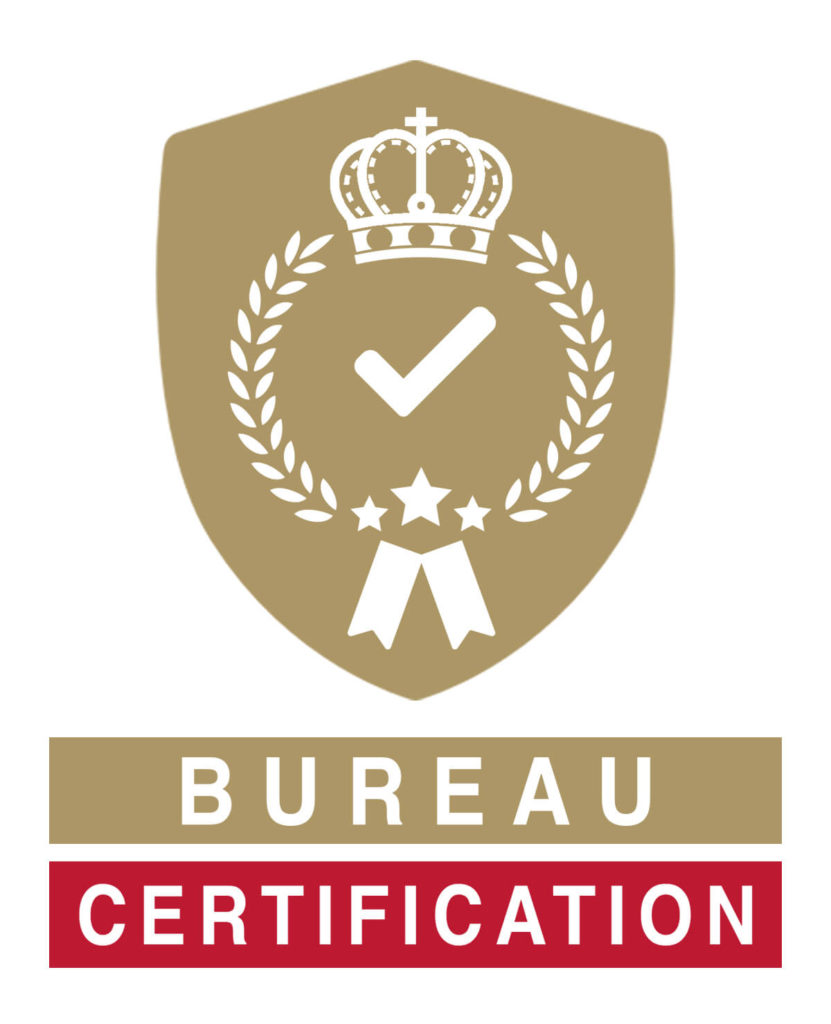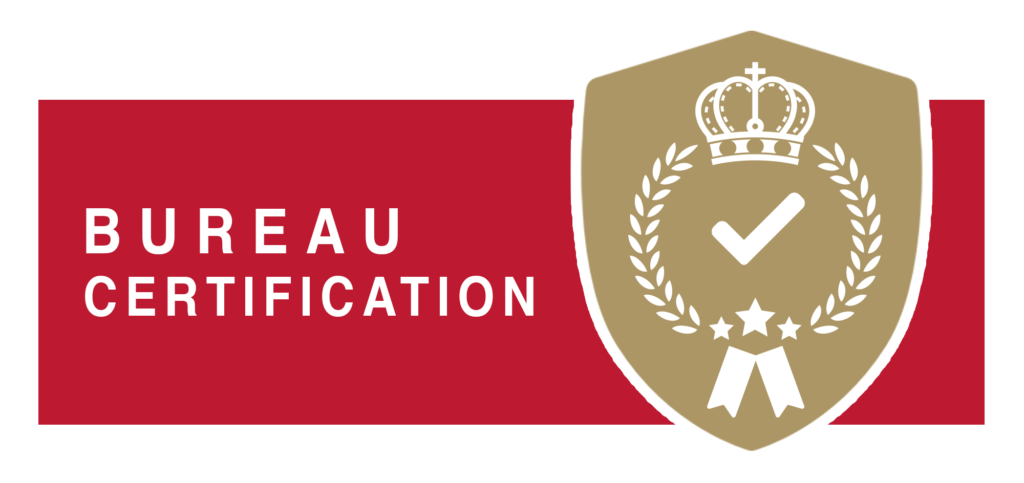It is quite typical that, at some point during business operation, the business will experience a failure in one of its critical processes. That is why it is important to ensure the business has the following processes and procedures in place to help mitigate such risks:
A documented system
If you are not documenting all recordable processes and procedures within your organization, you will limit your ability to step back and take a good look at your day-to-day operations. This stops you from ironing out unwanted issues and improving efficiency throughout the product/service lifecycle.
An error log
Errors could be repeatedly happening, but no one is bringing this to the attention of management because they don’t see it as their job to do so. Logging non-conformances helps you to review and control them, stopping those little issues escalating into unhappy customers and lost business.
A process for seeking customer feedback
Having customers is essential for the success of every business. Their needs should be important to you. It is easy to presume what our customers want, but with trends changing every day, knowing if these needs are being met will help you to improve your products/services, increasing repeat business, reducing errors, and giving you a competitive advantage.
A staff training register
Staff training is important for any business, it increases staff morale, provides you with skilled employees who are more competent at their jobs and a register can provide evidence of education and qualifications when required.
A final inspection procedure
Knowing what you deliver and how you deliver it is valuable for any business. Carrying out inspections of the processes and procedures relating to the delivery of your services/products can help you to spot things that you might want to do differently in the future, helping you to streamline processes and reduce future costs.
Regular process checks
As well as final inspections, it is good practice for management to carry out regular checks during the service/product delivery process, making sure that everything is running efficiently and noting anything that could be preventing you from achieving the desired outcome/goal.
A documented procedure for design and development
Companies that are not responsible for design can claim the exemption in this area However, for those that are affected it is important that you map out how design is undertaken, showing the stages of client involvement because this helps to ensure consistent delivery of service.
Traceability in design and development records
While mapping out how design is undertaken is valuable, it is important to ensure the steps that are being taken are logged along the way. Providing you with traceable records, should anything be questioned at a later stage.
A procedure for calibration
It is important that, where fine measurements and calibration are required, a procedure is in place to ensure this is carried out correctly. You should consider whether this is carried out in accordance with the manufacturer’s guidelines and any legal requirements which may apply, helping you to protect your reputation and avoid unnecessary fines.
Staff induction records
Poorly trained staff can quickly lead to poorly delivered services/products. It is therefore vital that staff undergo a suitable induction process that will ensure your processes are adequately followed and the expected level of services maintained. It can also prove very useful should you be challenged on a staff dismissal, following staff incompetency.

